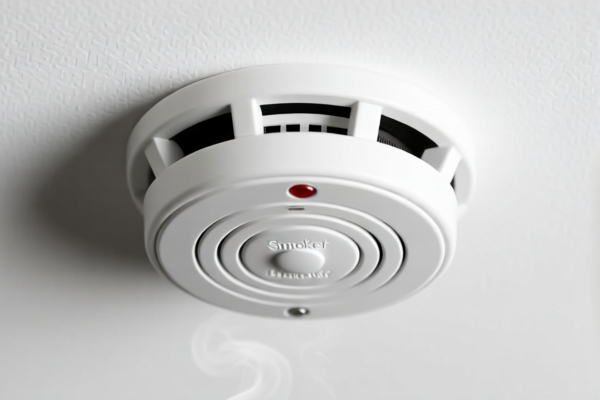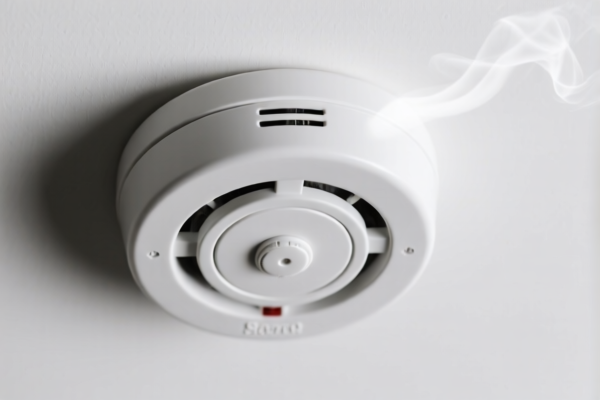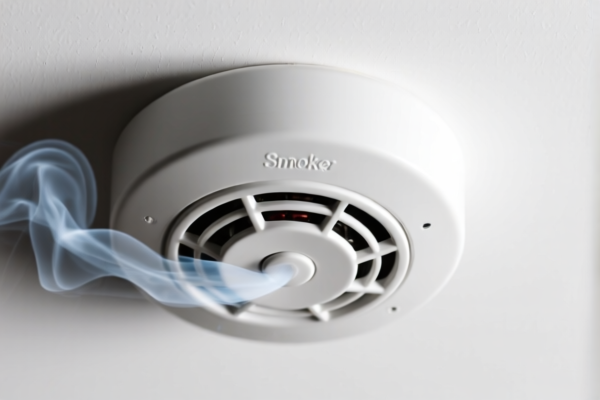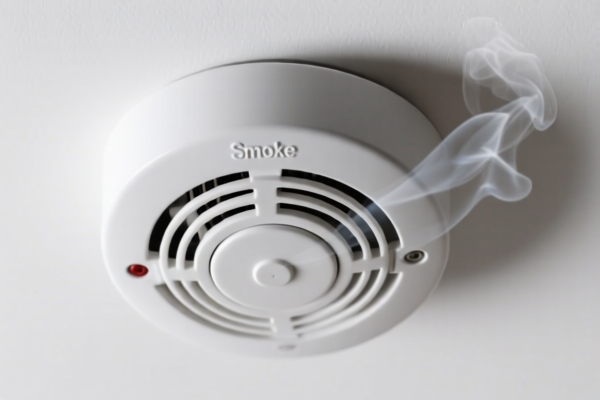| HS Code | Official Doc | Tariff Rate | Origin | Destination | Effective Date |
|---|---|---|---|---|---|
| 9613802010 | Doc | 41.4% | CN | US | 2025-05-12 |
| 9613802090 | Doc | 41.4% | CN | US | 2025-05-12 |
| 9614002100 | Doc | 30.0% | CN | US | 2025-05-12 |
| 9614002500 | Doc | 0.4¢ each + 3.2%+37.5% | CN | US | 2025-05-12 |
| 8416100000 | Doc | 37.5% | CN | US | 2025-05-12 |
| 8416300000 | Doc | 55.0% | CN | US | 2025-05-12 |
| 8430505000 | Doc | 55.0% | CN | US | 2025-05-12 |
| 8430690100 | Doc | 55.0% | CN | US | 2025-05-12 |
| 8310000000 | Doc | 55.0% | CN | US | 2025-05-12 |
| 8304000000 | Doc | 33.9% | CN | US | 2025-05-12 |
| 8304000000 | Doc | 33.9% | CN | US | 2025-05-12 |
| 3925900000 | Doc | 60.3% | CN | US | 2025-05-12 |
| 3925100000 | Doc | 61.3% | CN | US | 2025-05-12 |
| 8306100000 | Doc | 35.8% | CN | US | 2025-05-12 |
| 8306290000 | Doc | 30.0% | CN | US | 2025-05-12 |




Smoker
A smoker is a device used to impart flavor to food through exposure to smoke from burning wood, or other materials. The process, known as smoking, has been used for centuries for preservation and to enhance the taste profile of various foods.
Materials
Smokers are constructed from a variety of materials, each offering different properties:
- Steel: Common for its durability and heat retention. Often used in offset smokers and pellet smokers.
- Stainless Steel: Provides corrosion resistance and is easier to clean than standard steel. Found in many kamado-style smokers and higher-end models.
- Cast Iron: Excellent heat retention and distribution, frequently used in components like doors and dampers.
- Wood: Historically used for entire smoker construction, though less common today due to fire risk and maintenance.
- Ceramic: Used in kamado-style smokers for exceptional heat retention and moisture control.
Purpose
The primary purposes of using a smoker are:
- Flavor Enhancement: Imparting smoky flavors to foods, ranging from delicate to intense.
- Preservation: Historically, smoking was a key method of preserving meat and fish. While less common today due to refrigeration, it still contributes to shelf life.
- Tenderness: Slow cooking at low temperatures can tenderize tougher cuts of meat.
Function
Smokers function by exposing food to smoke produced by the combustion of wood (or other smoking materials). Key elements include:
- Firebox: The area where the wood is burned to generate smoke.
- Cooking Chamber: The enclosed space where the food is placed.
- Ventilation: Controls airflow, regulating temperature and smoke density.
- Heat Source: Provides the initial heat to start the combustion process. This can be wood itself, charcoal, gas, or electricity.
- Water Pan (optional): Adds moisture to the cooking chamber, helping to keep the food from drying out and enhancing smoke absorption.
Usage Scenarios
Smokers are used in a wide range of culinary applications:
- Backyard BBQ: A popular method for cooking meats like ribs, brisket, and pulled pork.
- Commercial Food Production: Used for large-scale smoking of meats, cheeses, and fish.
- Restaurant Cooking: Providing unique smoky flavors to menu items.
- Food Preservation: Smoking fish or meats for extended storage.
Common Types
- Offset Smokers: Feature a separate firebox to the side of the cooking chamber, providing indirect heat and smoke. Often favored for their ability to produce large batches of smoked food.
- Vertical Smokers: Utilize a firebox located below the cooking chamber, creating an upward flow of smoke. Relatively compact and easy to use.
- Pellet Smokers: Use wood pellets as fuel, automatically feeding them into a firepot. Offer precise temperature control and convenience.
- Kamado Smokers: Ceramic smokers with excellent heat retention and moisture control. Versatile and capable of both smoking and grilling.
- Electric Smokers: Utilize an electric heating element to generate smoke. Convenient and easy to use, but may not produce as intense a smoky flavor as other types.
- Charcoal Smokers: Utilize charcoal as the primary heat source, often with wood chunks added for smoke flavor.
- Water Smokers: Utilize water as the heat source, creating a moist and gentle smoking environment.
The declared goods, “smoker,” can be interpreted as devices used for smoking food, potentially encompassing various types of smokers utilizing different fuel sources (wood, gas, electricity). Based on the provided reference material, the following HS codes may be relevant:
- 8416100000: Furnace burners for liquid fuel. This code applies to burners specifically designed for liquid fuel, which could be used in some types of smokers. Chapter 84 covers nuclear reactors, boilers, machinery and mechanical appliances; parts thereof. Heading 8416 specifically covers furnace burners for liquid fuel, pulverized solid fuel or gas.
- 8416300000: Mechanical stokers, including their mechanical grates, mechanical ash dischargers and similar appliances. This code covers mechanical devices used to feed fuel and remove ash in smokers that utilize solid fuels like wood or charcoal. Chapter 84 covers nuclear reactors, boilers, machinery and mechanical appliances; parts thereof. Heading 8416 specifically covers furnace burners for liquid fuel, pulverized solid fuel or gas; mechanical stokers, including their mechanical grates, mechanical ash dischargers and similar appliances.
- 9613802010: Cigarette lighters and other lighters, whether or not mechanical or electrical, and parts thereof other than flints and wicks: Other lighters: Other: Electrical Multipurpose lighters, including those used to light charcoal and gas grills and fireplaces. This code applies to electrical lighters used to ignite the fuel source in smokers. Chapter 96 covers miscellaneous manufactured articles. Heading 9613 specifically covers cigarette lighters and other lighters, and parts thereof.
Regarding HS code 8416100000 and 8416300000, please note that the applicable tariff is 37.5% or 55.0% depending on the date of import (after April 2, 2025, the tariff will be 55.0%). Regarding HS code 9613802010, the applicable tariff is 41.4% or 30.0% depending on the date of import (after April 2, 2025, the tariff will be 30.0%).
Customer Reviews
No reviews yet.